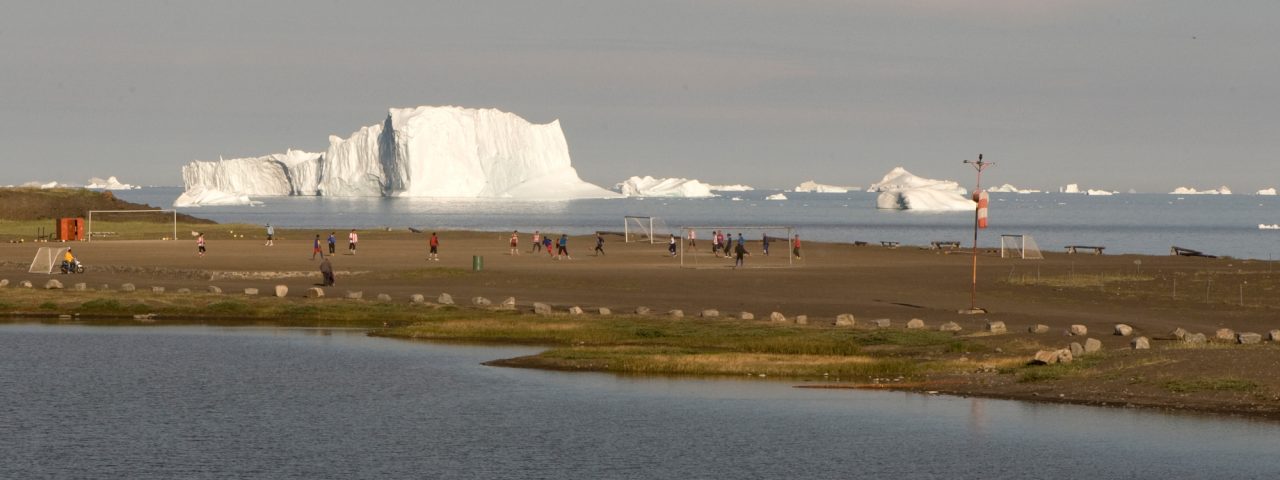Climate change and species distributions
Climate change is predicted to facilitate range shifts of species across latitudes and altitudes. Expansion of species’ ranges may enrich biota in the new environment. However, accumulating evidence also suggests associated risks. For example, native species may become locally extinct within their current range, and novel species may become serious threats to native biodiversity, and ecosystems functions and services. Annually, losses due to invasion of non-indigenous species are estimated at US$ 13 and 137 billion in Europe and the United States, respectively.
In particular, our current research focus on the importance of photoperiodism as a key to predicting climate change-induced range expansion of species across latitudes. Unlike temperature, the latitudinal gradient of seasonal changes in day length is a stable environmental factor that does not change with local or global climate. Thus, predicting range expansions across latitudes and the subsequent consequences for native communities requires a more comprehensive understanding of how species use day length to coordinate seasonal growth, reproduction, physiology and synchronization of life cycles with interacting individuals and species.
We’ll approach these questions taking advantage of our ongoing long-term and cross-latitudinal experiments with grasses and trees.

